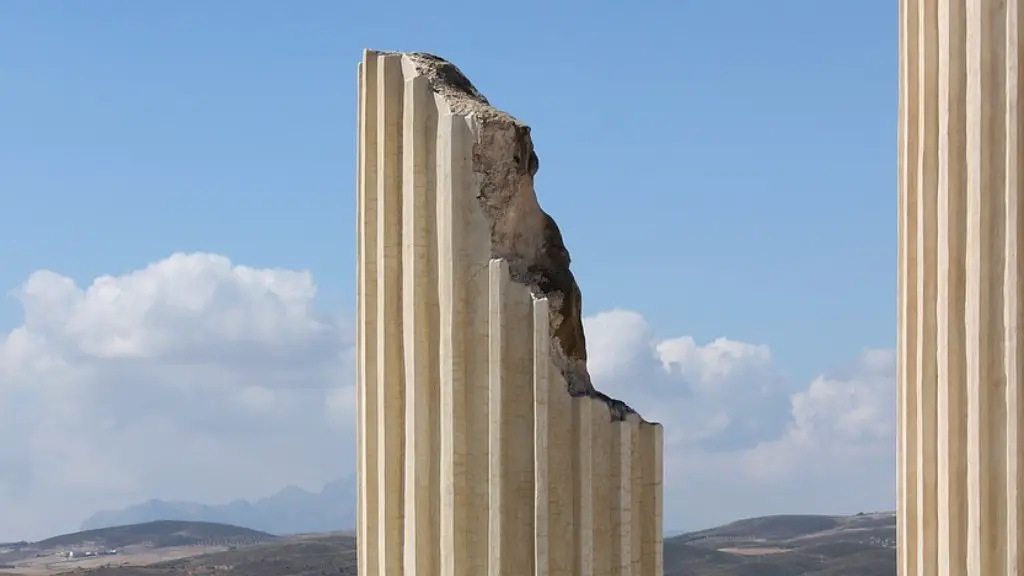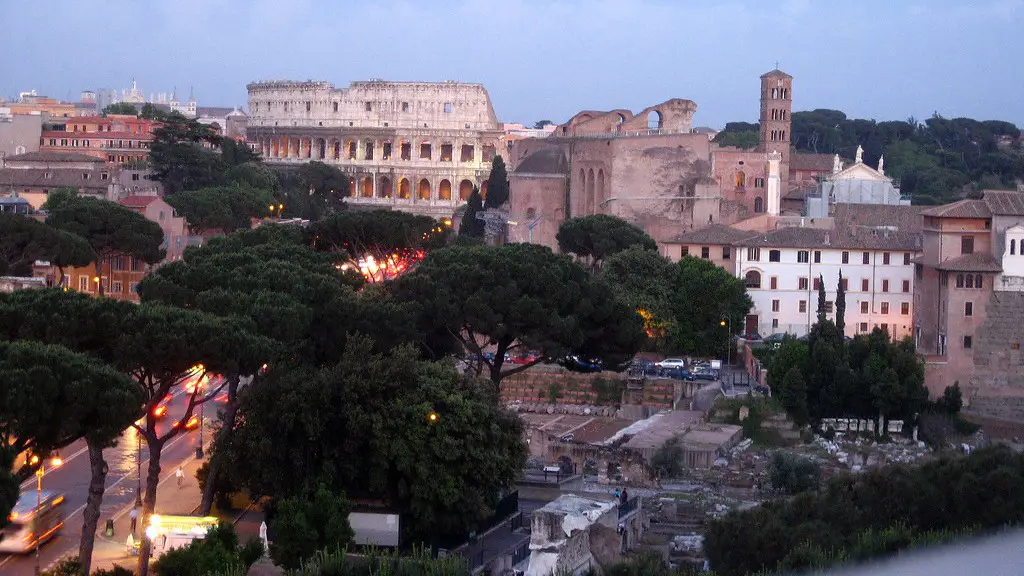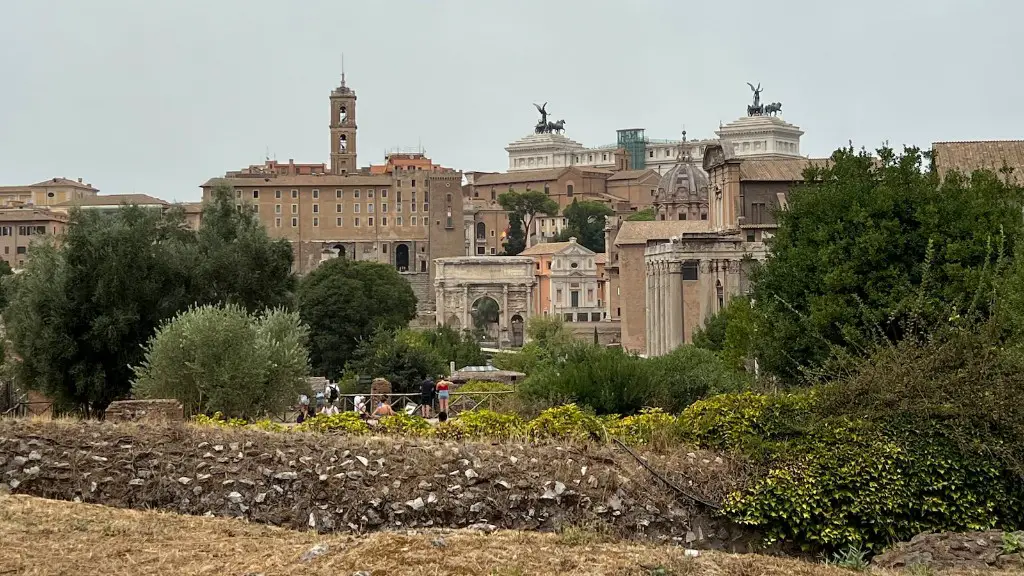Social Life
Living in ancient Rome certainly had its fair share of luxuries, but that was just the beginning. As one of the most advanced cities of its time, there was also an incredibly rich social life. From the theater to lively debates and philosophical conversations, Rome was filled with stimulating activities and events. A day in ancient Rome wasn’t complete without socializing, to say the least. People used to meet indoors or outdoors, in gardens during the day or at night, in halls of fine arts or at the baths.
The biggest event of the year by far was Saturnalia, an annual festival that brought families and friends together to celebrate the winter solstice and honour the god Saturn. On the very first day of the festival, it was customary to exchange gifts and decorate houses. People would decorate their homes with decorations of all kinds, from lights to garlands, flowers, and oil lamps.
During the rest of the days, Roman citizens absolutely revelled in the freedom that came with the festival. At Saturnalia, there was no distinction in social class, and everyone was expected to treat one another as equals. People were only allowed to wear colorful clothes, drink, gamble and dance, indulge in food and amorous pleasures.
Infrastructure, public health and education
The infrastructure in Rome was very advanced in its day. There were elaborate systems of bridges and roads, such as the Appian Way, which connected Rome to other parts of the empire. The city was incredibly well-planned, with streets wide enough for carts and chariots, and buildings constructed to a high standard.
The public health systems in ancient Rome were quite impressive as well. They had systems of aqueducts and sewers that provided clean drinking water and helped keep the city free from disease. Public baths were highly appreciated by citizens and provided a venue for relaxation and relaxation.
Education was another strong point in Rome. Children usually learnt about the Roman gods, literature, and the Latin language. Boys could be sent to school as early as seven years old, while girls were taught by their mothers at home. This education was thought to be one of the cornerstones of Roman success, as it led to a highly educated population capable of contributing to society.
Living conditions
The living conditions in ancient Rome were surprising for its time. The city was heavily populated, with an estimated population of over one million. This meant that it was densely packed, often with people living in densely packed tenement blocks and tiny apartments.
The sanitation was also a serious problem in Rome. Rubbish was collected by teams of slaves who would dump it in the river. This led to an incredibly polluted river and a general lack of health and hygiene.
The rich, however, lived in grand villas and had access to luxuries such as chefs and servants. They also had their own luxury ships which allowed them to sail across the Mediterranean and visit some of the most beautiful cities in the world.
Entertainment
Ancient Rome was known for its extravagant entertainment. Spectacles such as gladiatorfights, chariot races, and plays were highly appreciated by the citizens and tourists alike. These events were often hosted at the Circus Maximus, an iconic venue that was capable of accommodating over 150,000 people.
Public baths were also very popular and provided a venue for relaxation and entertainment. Here, citizens could enjoy the hot water, massage rooms and conversation rooms. Fortunetellers, betting games and music were also available, making public baths a highly attractive place to spend time in.
Finally, the Roman people had a great love for art and beauty. They held competitions of poetry and recited epic stories of battles and magnificent heroes. Public art galleries and sculpture parks were a part of everyday life in Rome, and it was customary to admire rare works of art when visiting temples.
Laws and religion
The Law in ancient Rome was incredibly well conceived. It was divided into three main sections: the Law of the Twelve Tables, the Law of Citations, and the Lex Aelia Sentia. The latter was created in 4 AD and is considered to be the most advanced Roman legal code of its time.
Religion was a very important aspect of Roman life. The vast majority of the population were religious and followed the principles of polytheistic religions. At the centre of it all was the cult of Jupiter, the most important of the Roman gods. People would regularly make sacrifices to the gods, hoping to gain their favour and prosperity. Temples to various gods and goddesses were built across the city, and they served as a hub of religious activity.
In the city of Rome, religious beliefs were very much intertwined with politics, and many aspects of life were heavily regulated by the gods. For example, marriages that were not approved by the gods were considered unlawful. This strong presence of religion in Roman life was what kept religious order and kept the citizens in check.
Economy
Rome had a very strong economy and was highly successful. Its economy was based mainly on trade and commerce, with merchants from all over the world travelling to the city to trade goods and services. Romans were masters of finance and investments, and they used their money to build businesses and forge partnerships across the empire. Banking was well established in the city, and coins were minted in gold, silver and bronze.
The Roman government also formed strong alliances with other trading partners, connecting them to faraway countries and opening up access to new sources of wealth. Rome was incredibly powerful in terms of finance, and its economic dominance was one of the main reasons behind its success.
Conclusion
Though living in ancient Rome certainly had its challenges, it was an incredibly vibrant and exciting place to live. Its advanced infrastructure, public health systems, education, strong economy, and religious beliefs were all cornerstones of its success and formed the basis of the Roman Empire. The city had an impressive social life, with plenty of activities and events to enjoy. It was quite literally a place where the world came together and flourished.




